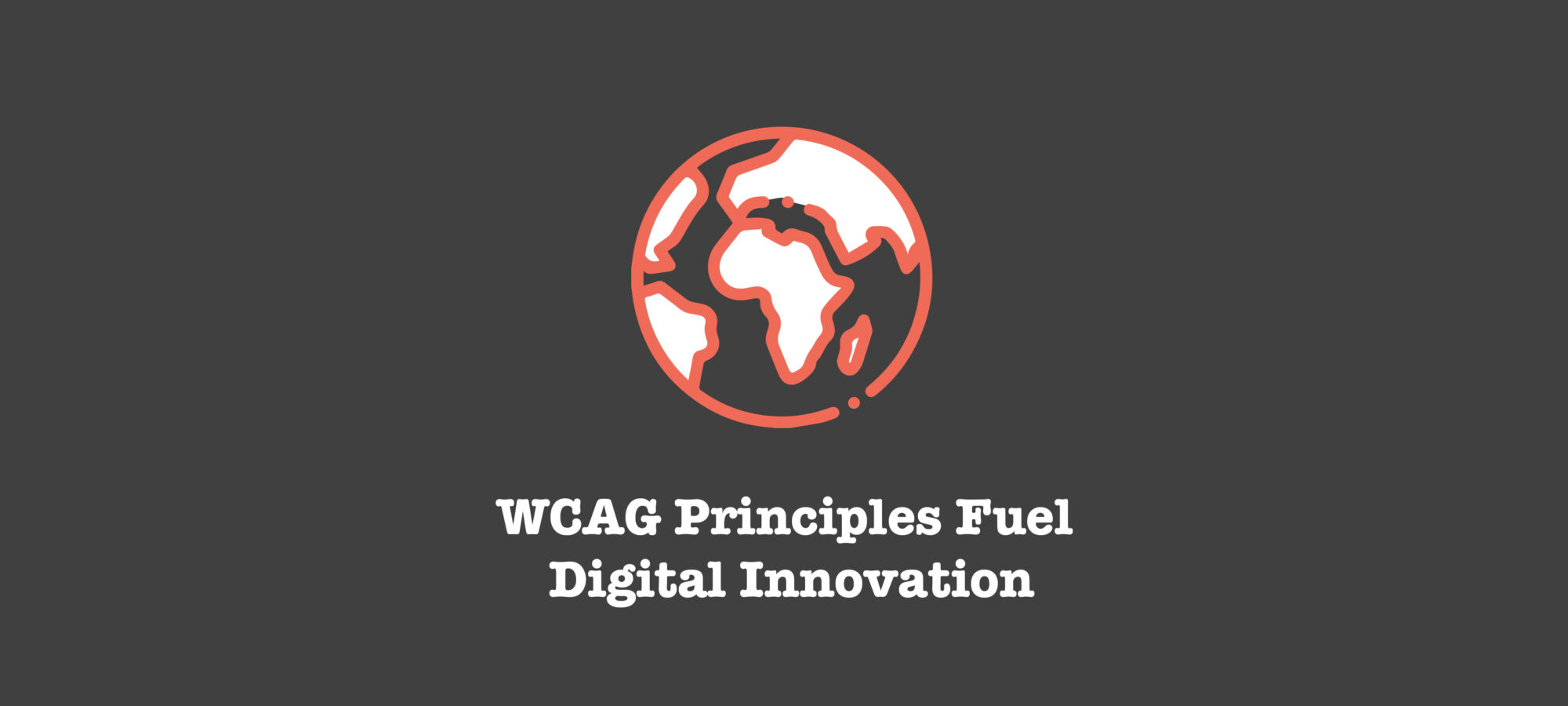Transforming Your Digital Space: Embracing Inclusivity and Accessibility Through WCAG
In the fast-paced realm of digital marketing, the importance of creating an inclusive and accessible online environment cannot be overstated. As businesses strive to enhance their digital footprint, the Web Content Accessibility Guidelines (WCAG) emerge as the industry-standard beacon, guiding the path toward a more inclusive digital world. This comprehensive framework is designed to dismantle barriers and open up the digital landscape for individuals with disabilities, ensuring that everyone has equal access to information and functionality.
Strategic Inclusivity: The Heart of Digital Innovation
At its core, WCAG is built around the foundational principles encapsulated by the acronym P.O.U.R.—Perceivable, Operable, Understandable, and Robust. These principles are not just guidelines but strategic pillars that, when implemented, can transform your website from merely functional to genuinely inclusive. They encourage a shift towards embracing diversity through technology, highlighting the critical role of accessibility in driving forward digital innovation and creativity.
Leveraging Technology for Greater Reach
The adoption of WCAG principles is more than a compliance checkbox; it's a strategic move towards enhancing brand visibility and engagement. By prioritising accessibility, businesses can tap into a wider audience, fostering a sense of belonging and community. This approach not only amplifies your brand’s reach but also leverages technology to create a more empathetic and user-friendly digital experience. In an era where data-driven insights reign supreme, incorporating accessibility into your digital strategy allows for a deeper understanding of user needs, enabling more personalised and impactful interactions.
Dynamic Advertising and Optimised Engagement
Integrating WCAG guidelines into your website design and content creation processes empowers brands to launch dynamic advertising campaigns that resonate with a broader demographic. This inclusive approach ensures that digital campaigns are not only seen but felt, enhancing emotional engagement and loyalty. Moreover, the strategic use of accessible design principles can significantly improve SEO rankings, driving organic traffic and increasing overall return on investment (ROI).
